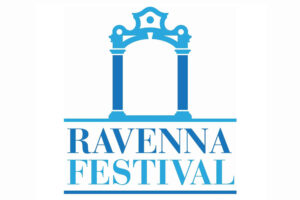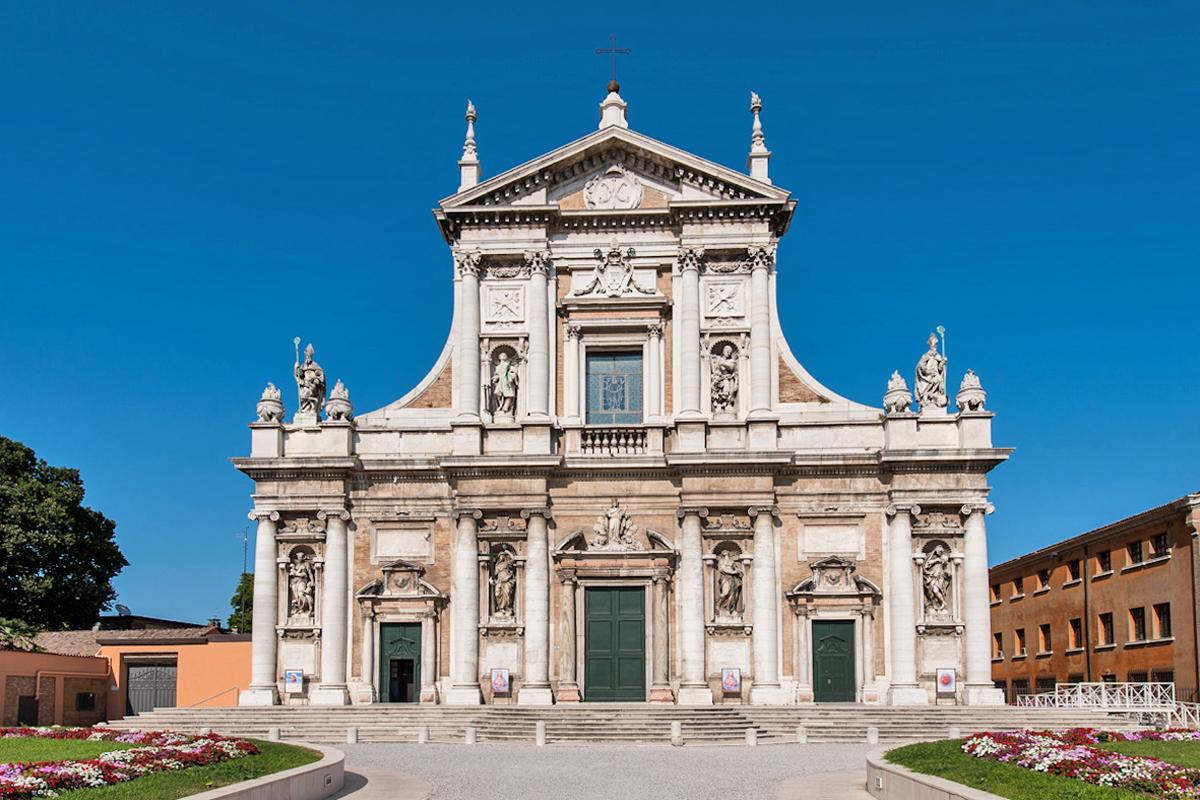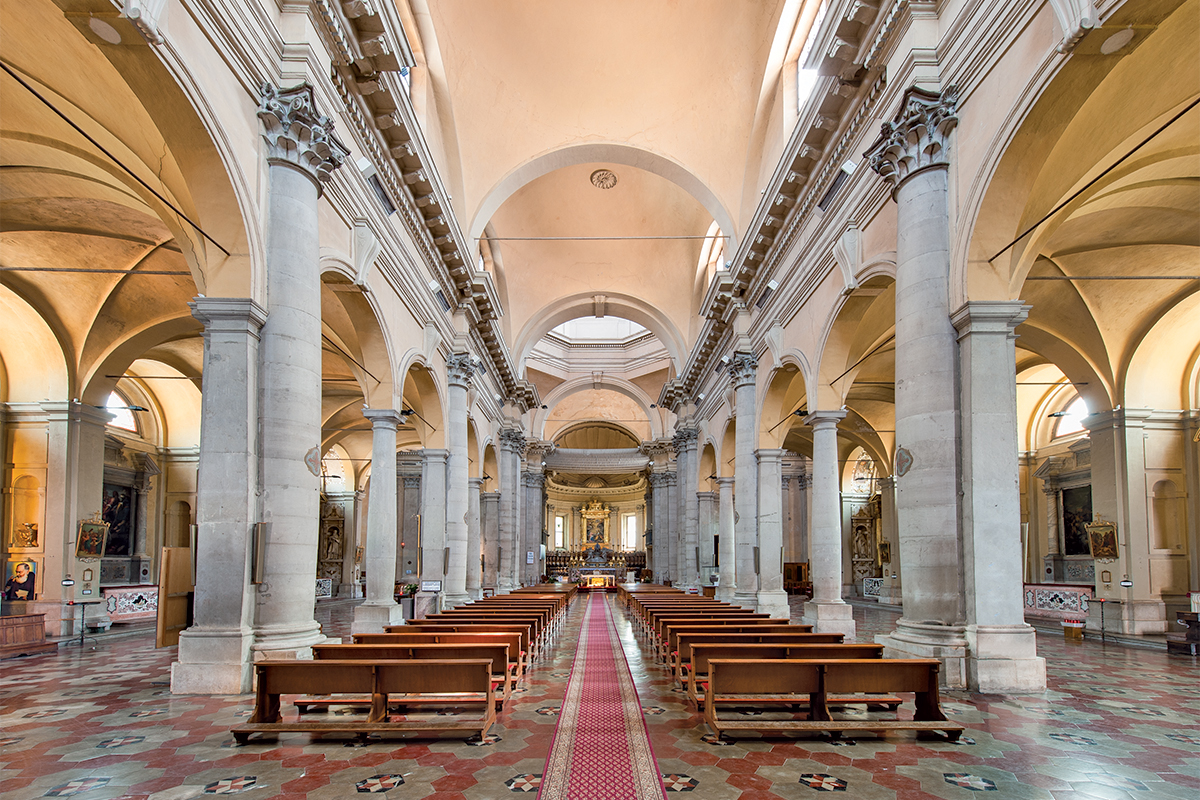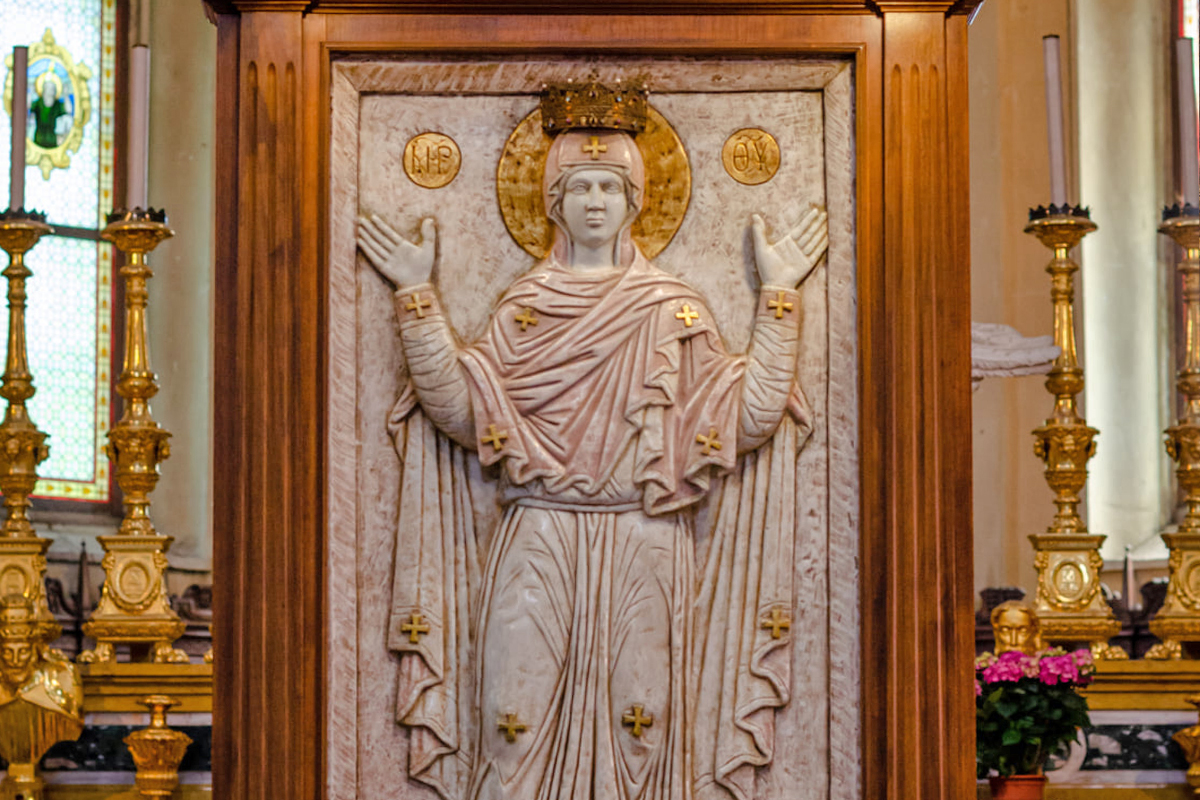Built between 1554 and 1557 on a design by Bernardino Tavella as the new location of the Church of Santa Maria in Porto Fuori, the BASILICA OF SANTA MARIA IN PORTO is located in the first part of Via di Roma, just a few steps away from MAR – Ravenna Art Museum.
The building, preceded by a staircase completed in 1783, overlooks a large rectangular open space decorated with flowerbeds and, if observed from via Cerchio, offers one of the most fascinating views of the city.
A bit of history
Partly built with the materials coming from the destruction of the Church of San Lorenzo in Cesarea, the basilica was completed around 1780 by Camillo Morigia (1743-1795), who superimposed a neoclassical facade on the previous Baroque-style one.
Unlike most of the buildings in Ravenna, the facade was realised with white marble, witnessing the wealth of the religious order that also owned the adjacent monastery, which today hosts the MAR – Ravenna Art Museum.
Paired columns, tympana on the gates, a large window with a balcony, statues of saints, the statue of the Greek Virgin above the central door are just some of the elements making up the facade, proving its artistic beauty.
In 1797, the church was despoiled and plundered from the French. After the abolishment of the monastic orders, during the 19th century the place became military property and was turned into a barracks for a while.
At the end of the 19th century, the Church of Santa Maria in Porto was given to the diocesan clergy and embedded the suppressed Church of Santa Barbara.
Archbishop Vincenzo Moretti (1871-1879) restored the cult of the Greek Virgin and on April 21st 1990, on the occasion of its 8th centenary, the image of the Virgin was solemnly crowned.
Hit in 1944 by an unexploded bomb, the church was then renovated.
The works inside the church
The solemn and magnificent interior has a Latin-cross plan and is divided into three naves by columns made of Istrian stone.
Along the side walls, it is possible to admire 12 symmetrical chapels – six on each side – decorated with marbles and precious ornamentations housing a real art gallery of paintings dating back between the end of the 16th and the 17th century. There are works by Ippolito Scarsella, Cesare Corte, Palma il Giovane, Francesco Longhi, Giovanni Barbiani, Giovanni Battista Barbiani and a work by Andrea Barbiani dating back to the 18th century.
Near the altar is the transept, made of a square aisle surmounted by a high dome and a semi-circular apse delimited by a marble balustrade. The altar, dating back to 1710, is made of marble and hosts a wonderful ciborium made of polychrome marbles, whose contruction was started by Giuseppe Vivoli in 1633 and ended by Ascanio Mula in the following years.
At the centre of the apse, between two large rectangular-shaped windows, you will be able to admire the Annunciation altarpiece by Giovanni Laurentini from Rimini.
At the bottom of the transept, on the left side, is the Greek Virgin, a marble bas-relief dating back to the 9th century coming from the East and representing a praying Virgin Mary dressed with a cloak.









